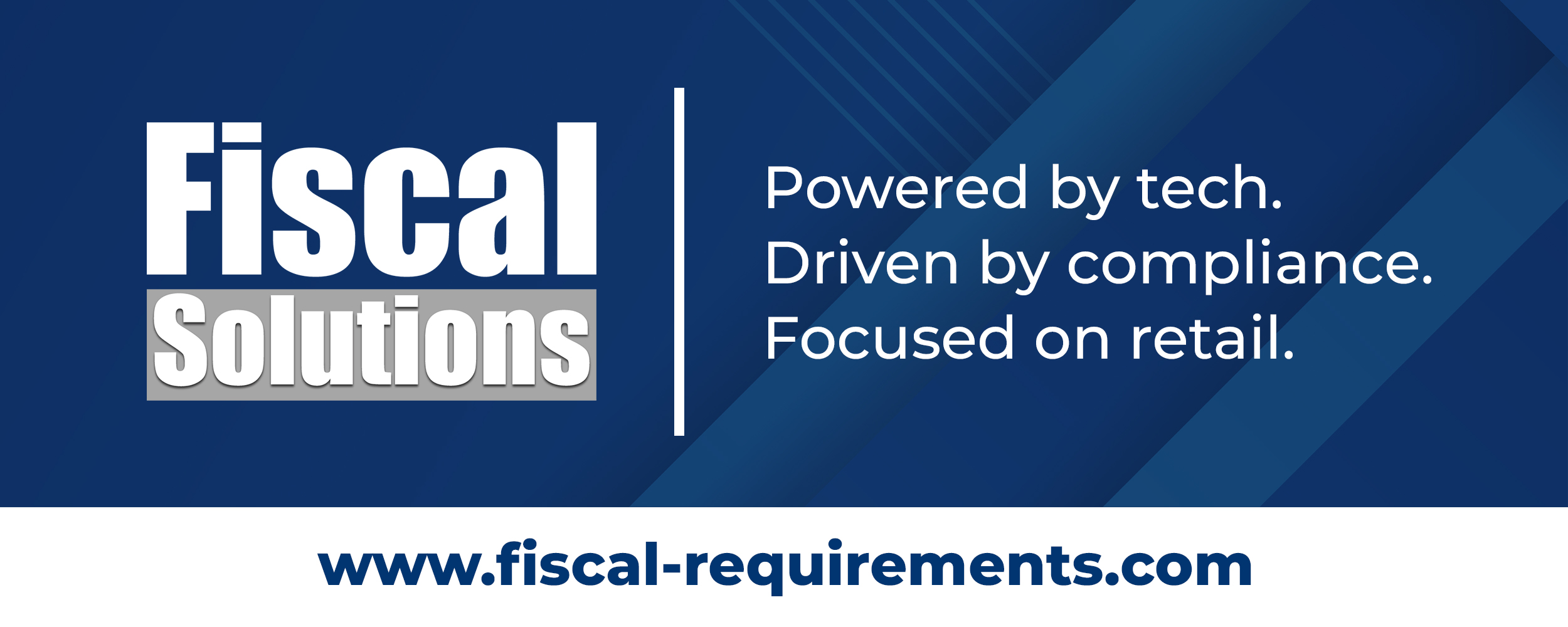Value Added Tax (VAT; also known as Goods and Services Tax, under the acronym GST in a number of OECD countries) has become a major source of revenue for governments around the world. Some 165 countries operated a VAT at the time of the completion of the International VAT/GST Guidelines in 2016, more than twice as many as 25 years before. As VAT continued to spread across the world, international trade in goods and services has also expanded rapidly in an increasingly globalised economy. One consequence of these developments has been the greater interaction between VAT systems, along with growing risks of double taxation and unintended non-taxation in the absence of international VAT co-ordination.
The International VAT/GST Guidelines now present a set of internationally agreed standards and recommended approaches to address the issues that arise from the uncoordinated application of national VAT systems in the context of international trade. They focus in particular on trade in services and intangibles, which poses increasingly important challenges for the design and operation of VAT systems worldwide. They notably include the recommended principles and mechanisms to address the challenges for the collection of VAT on cross-border sales of digital products that had been identified in the context of the OECD/G20 Project on Base and Erosion and Profit Shifting (the BEPS Project).
These Guidelines were adopted as a Recommendation by the Council of the OECD in September 2016.
Interesting extract on VAT/GST principles
The Ottawa Taxation Framework Conditions:
- Neutrality: Taxation should seek to be neutral and equitable between forms of electronic commerce and between conventional and electronic forms of commerce. Business decisions should be motivated by economic rather than tax considerations. Taxpayers in similar situations carrying out similar transactions should be subject to similar levels of taxation.
- Efficiency: Compliance costs for businesses and administrative costs for the tax authorities should be minimised as far as possible.
- Certainty and simplicity: The tax rules should be clear and simple to understand so that taxpayers can anticipate the tax consequences in advance of a transaction, including knowing when, where, and how the tax is to be accounted.
- Effectiveness and fairness: Taxation should produce the right amount of tax at the right time. The potential for tax evasion and avoidance should be minimised while keeping counteracting measures proportionate to risks involved.
- Flexibility: The systems for taxation should be flexible and dynamic to ensure that they keep pace with technological and commercial developments.
Source
Latest Posts in "World"
- Book: The Essential Guide to e-Invoicing for Tax Professionals
- Global Developments in Electronic Cash Register Regulations: Regional Trends and Timelines (2025–2028)
- European Countries Adopt Real-Time VAT Reporting to Combat Fraud and Close Tax Revenue Gaps
- Global VAT legislative Changes as of January 1, 2026
- IMF’s Reverse Method: Estimating Global VAT Compliance Gaps Without Costly Audits Across 111 Countries














